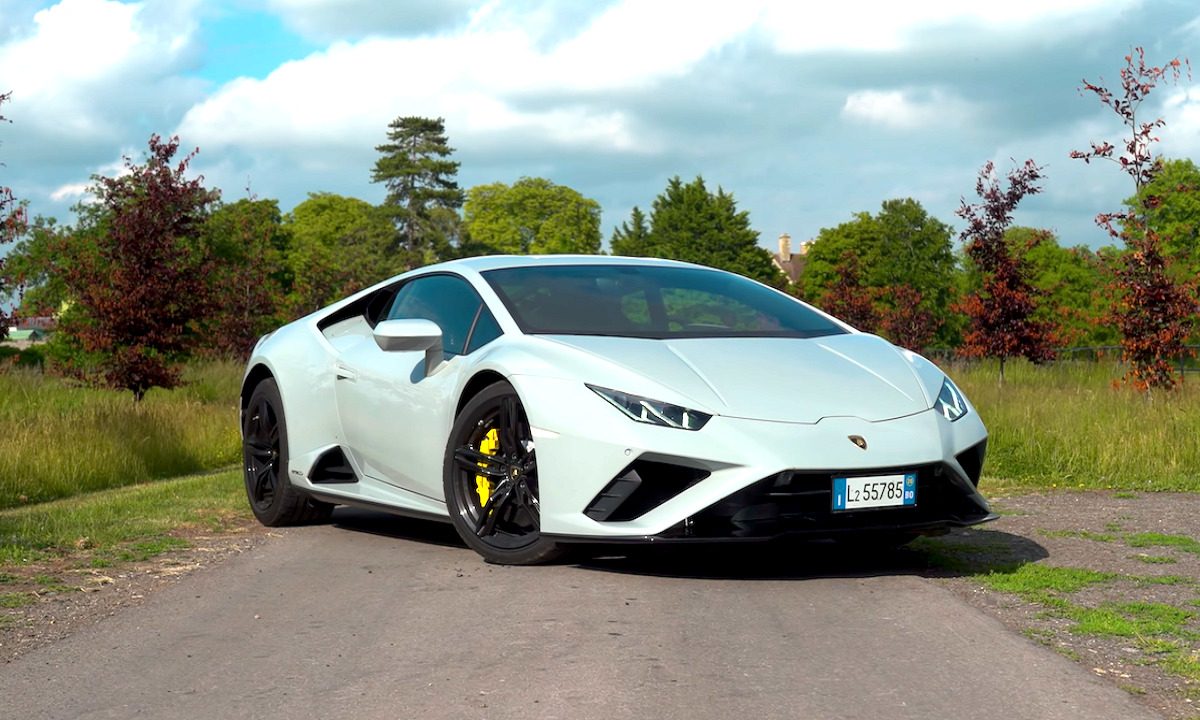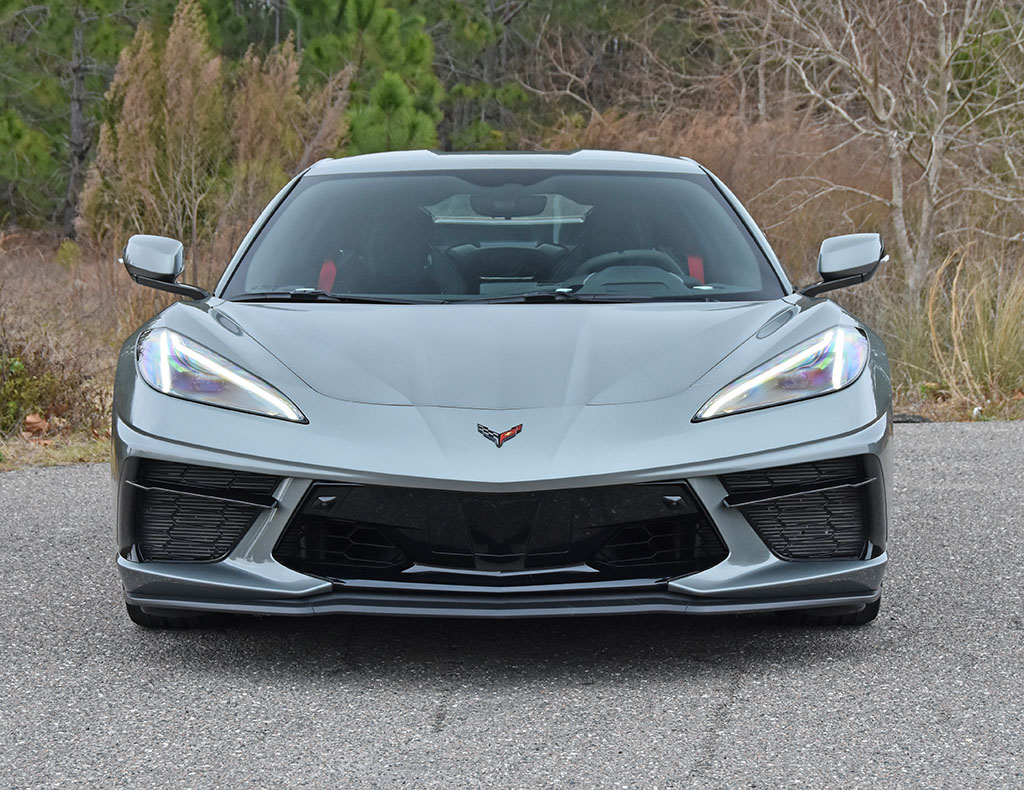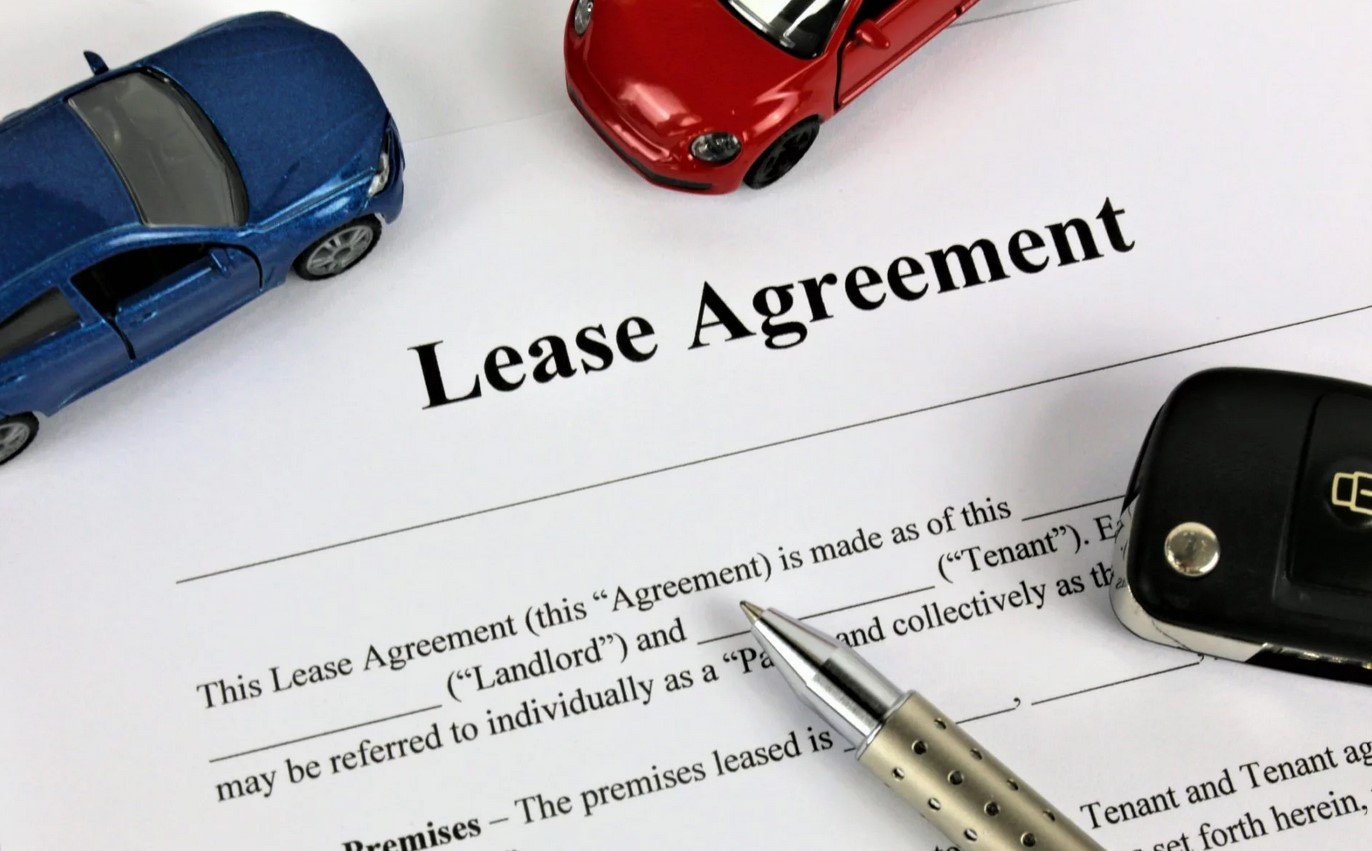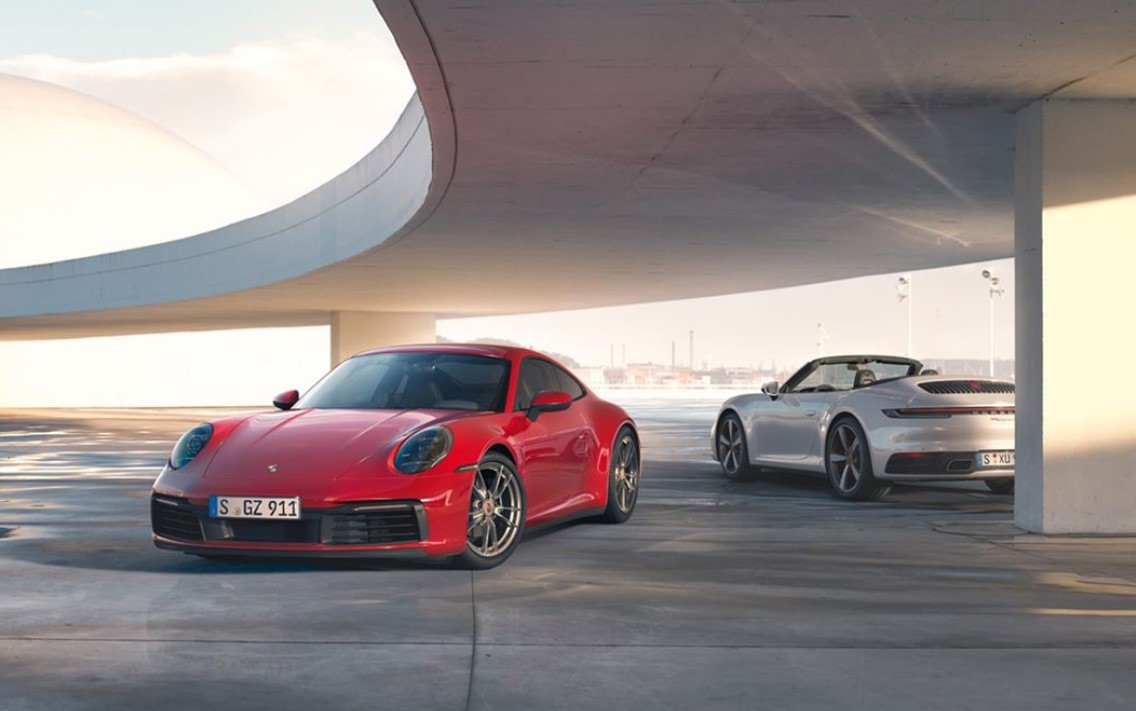Supercars are the ‘blue bloods’ of the automotive world; high-performance machines at the top of the food chain. A supercar projects a commanding presence – even when motionless – with its typically low-slung, sleek profile complemented by well-sculptured lines. Then, there’s the performance it can unleash, thanks to some of the best engines and technological wizardry on offer. It follows then, that owning one can be quite an experience, especially for the enthusiast.
Owning a Supercar
Unsurprisingly, supercars can be pretty pricey. Take the Porsche 911 Carrera, for example; regarded as the entry-level supercar into the iconic 911 family. However, this ‘baby Porsche’ can easily top $100,000. The range-topping 911 Turbo S Cabriolet can take a hefty $210,000 bite out of your wallet! These sticker prices can make the task of acquiring a supercar quite a daunting one. Thankfully, there are different options a prospective customer can explore when making a buying decision; apart from the obvious outright purchase route.
Via Motor Authority
For example, a buyer can take out an auto loan where the vehicle itself is typically the collateral. Then, there’s the hire purchase option that involves equal monthly instalments for a set term after which the buyer owns the car outright. Another way to reel in a supercar and get it within an affordable range is to explore the leasing option, which we will consider here in a bit more detail.
Leasing a Supercar
Via Car816
Simply put, leasing a supercar means that you pay to use the vehicle for a pre-determined period, much like renting a real estate property. In a typical scenario, the contract hire company calculates the vehicle’s residual value, length of hire and the expected mileage it will be covering for the duration of the lease.
The user is then charged a monthly rental to cover depreciation over the lease period plus a funding charge and any other pre-agreed add-on services such as maintenance.
Benefits of Leasing a Supercar
You’d be surprised to hear how much of a role leasing plays in the supercar space. Sure, you can lease direct from a dealer, but you can also lease through third parties. In the UK, for example, companies like Vantage Leasing have changed the typical dealer-lease model and made it more accessible. This trend is continuing globally, as the benefits of leasing continue to stimulate demand and companies get ever more creative in how to sate that demand.
Via MotorIllustrated
One of the main attractions of leasing is the fact that it transfers risks of ownership away from the user (lessee). As long as the user sticks to the terms of the lease agreement, he has very little to worry about and can truly enjoy the use of the vehicle without stress.
Leasing also frees up your capital for other investments as you only pay for the expected depreciation of the car over the lease term rather than the entire price of the car. Depending on the lease arrangement, you may also not be required to make any upfront lump payments. This gives you the freedom to invest your funds into business opportunities that offer the potential of a higher rate of return. This is the reason why leasing is an attractive option for even those who can afford to buy a supercar outright.
A lease usually ranges from two to five years. The upside here is that auto enthusiasts are afforded the ability to switch their supercars frequently. The lease can be tailored to suit individual needs and consequently allow users to hop into the latest cars with the newest technology, safety, and fuel-efficiency features.
Finding the Right Leasing Solution
Via Porsche
To stay relevant and ahead of the competition, leasing companies have had to devise various leasing strategies to capture as much of the market as possible.
Take Vantage Leasing for example. The UK firm currently deploys up to five different leasing options for prospective clients. They include personal contract hire, personal contract purchase and finance lease agreement. These options are all tailored to suit different requirement brackets, each with its unique selling points.
For instance, the lessee may decide to purchase the vehicle at the end of the lease or trade it in and use the equity towards another car. In this case, a personal contract purchase might be the best option. Business users may opt for a personal contract hire or finance lease agreement for tax efficiency reasons.
In all, the onus is on the prospective client to consult extensively with leasing agents and explore all possible leasing options before making the final decision. So, whether you’re considering leasing an exotic vehicle or a more common electric car like a Model 3, you’ll find something that suits you best.
The Fine Print
Via HowStuffWorks
Every lease is governed by a legally binding agreement that spells out the terms and conditions. The agreement covers the rights and responsibilities of all involved parties including monthly lease payments, maintenance covenants, mileage and what happens at the termination of the lease. Entering into a supercar lease agreement should never be rushed. The lessee needs to go through the terms and conditions and ensure that every issue or ‘sticking’ point is properly addressed before any commitment is made.
It is the same as with any business contract and should not scare anyone willing to consider this option. A well-executed lease agreement in the light of the advantages it offers might just turn out to be the most financially responsible way to get you behind the wheel of your dream supercar.







